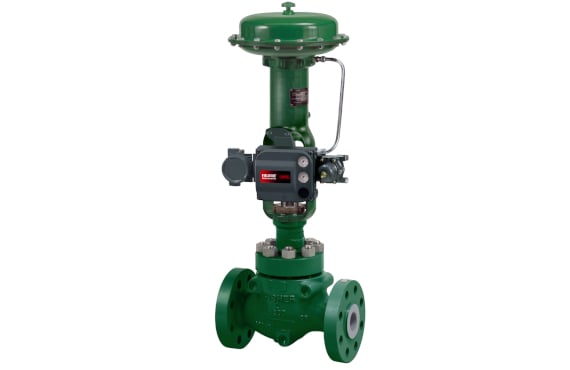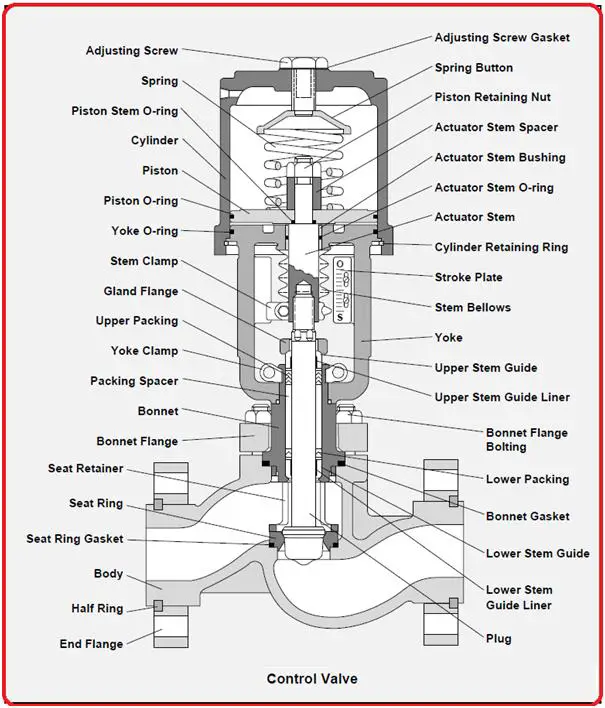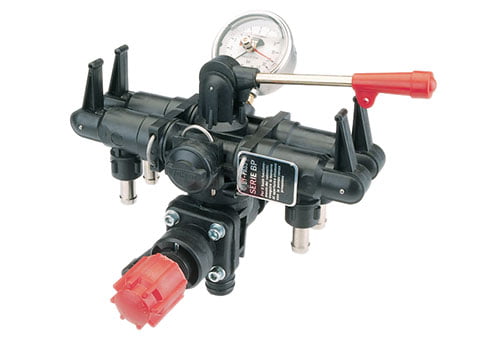How Control Valves Effect Power Efficiency in Industrial Settings
How Control Valves Effect Power Efficiency in Industrial Settings
Blog Article

Maximize Energy Financial Savings and Convenience With Advanced Building Automation Controls
In the realm of contemporary architecture and center monitoring, the combination of advanced structure automation manages stands as a pivotal improvement. By harnessing the power of automation, buildings can adapt, respond, and evolve in ways that were once inconceivable.
Power Efficiency Perks
Power efficiency benefits can substantially reduce power intake and functional prices in structures. By implementing energy-efficient techniques and technologies, building owners and operators can attain considerable cost savings while likewise adding to ecological sustainability. Among the key benefits of enhancing power efficiency in buildings is the reduction of utility expenses. Energy-efficient systems, such as advanced structure automation controls, can maximize using sources like illumination, heating, and cooling, bring about lower energy costs with time.
In addition, improved energy performance can extend the life expectancy of structure equipment and systems. By running more successfully, cooling and heating systems, lighting components, and other structure components experience less deterioration, resulting in lowered upkeep and substitute costs. Furthermore, energy-efficient buildings usually command higher home worths and rental prices, supplying long-lasting financial benefits to proprietors.
In addition, power performance can boost passenger comfort and efficiency. Properly managed indoor settings with ideal illumination and thermal conditions produce an even more favorable and enjoyable office, causing enhanced worker fulfillment and efficiency. In general, the power performance benefits linked with sophisticated building automation controls are complex, including cost financial savings, ecological stewardship, and passenger health.
Improved Comfort Control
Enhancing comfort control in structure environments requires an innovative assimilation of innovative automation systems for optimal passenger well-being. By making use of advanced building automation controls, centers can customize the interior environment to meet the particular requirements and preferences of residents. control valves.
By incorporating these sophisticated controls, buildings can not only boost comfort but additionally improve energy efficiency by optimizing system operations based on real tenancy and usage patterns. Ultimately, prioritizing owner convenience via advanced automation systems leads to an extra delightful and healthier indoor setting.
Functional Efficiency Improvements

Additionally, the execution of real-time monitoring and analytics devices enables building operators to determine power inefficiencies and functional abnormalities quickly. By constantly keeping an eye on energy usage patterns and system efficiency metrics, adjustments can be made in real-time to optimize energy intake and make sure peak operational efficiency. control valves. Furthermore, incorporating demand response read what he said approaches into structure automation controls can better boost operational efficiency by dynamically changing energy use based upon grid problems and prices signals
Indoor Environment Optimization
Reliable interior climate optimization is a fundamental facet of structure automation controls, guaranteeing residents' convenience and health while maximizing power savings. By utilizing sophisticated sensors and controls, developing automation systems can constantly monitor and readjust temperature, humidity levels, air quality, and ventilation to develop an ideal indoor atmosphere. Keeping comfortable and constant problems not just improves resident complete satisfaction however also improves productivity and overall wellness.
Interior environment optimization also plays a vital duty in power efficiency. By fine-tuning air flow, air conditioning, and home heating systems based upon real-time data and occupancy patterns, building automation controls can substantially decrease energy consumption - control valves. Executing approaches such as demand-controlled air flow and thermal zoning can help reduce power waste while making sure that each location of the building receives the necessary conditioning.

Sustainable Atmosphere Creation
Structure automation regulates not just maximize interior climate conditions for power performance and passenger convenience yet additionally lay the structure for producing a sustainable setting through strategic management of systems and resources. By integrating advanced structure automation innovations, such as sensors, actuators, and intelligent software, centers can keep an eye on and adjust energy use in real-time to lessen waste and decrease their carbon footprint. These systems allow anticipating upkeep, recognizing possible problems prior to they escalate and optimizing devices efficiency to improve durability and effectiveness.
Additionally, lasting environment creation extends past power monitoring to encompass water preservation, waste decrease, and indoor air high quality improvement. Structure automation controls can manage water usage, spot leakages, and make sure correct waste disposal methods, adding to general sustainability initiatives. Furthermore, by controlling and checking ventilation and filtering systems, these modern technologies boost occupant wellness and productivity while decreasing energy consumption related to a/c operations.
Final Thought
Finally, advanced structure automation regulates deal considerable benefits in regards to power cost savings, comfort control, functional performance, indoor climate optimization, and creating a lasting atmosphere. By carrying out these controls, buildings can accomplish ideal performance while lowering power consumption and improving occupant convenience. It is noticeable that making use of innovative automation modern technology is critical in boosting building performance and producing a much more sustainable future.
Power efficiency benefits can dramatically decrease energy usage and functional prices in buildings. In you can find out more general, the energy effectiveness benefits associated with advanced building automation controls are multifaceted, incorporating price savings, ecological stewardship, and resident health.
In addition, integrating need action techniques into structure automation controls can additionally boost operational efficiency by dynamically adjusting power usage based on grid conditions and prices signals.
Structure automation manages not only maximize interior environment problems for energy effectiveness and owner comfort but additionally lay the structure for developing a lasting atmosphere via critical management of systems and resources.In verdict, progressed structure automation manages deal considerable advantages in terms of energy cost savings, comfort control, operational effectiveness, indoor environment optimization, and creating a sustainable atmosphere.
Report this page